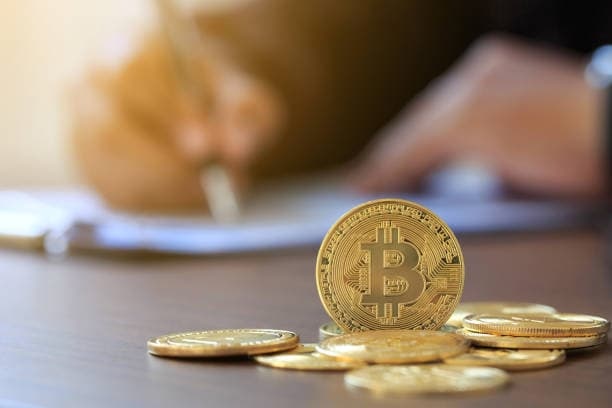Sending money internationally can be a complex process, especially when unfamiliar banking terms like SWIFT, IBAN, and BIC codes come into play. These codes ensure that funds are transferred securely and accurately between banks across borders. For businesses and individuals who regularly make international payments, understanding these codes is essential to avoid delays, errors, and unnecessary fees.
What is a SWIFT Code?
A SWIFT code—also known as a Bank Identifier Code (BIC)—is an alphanumeric code used to identify a specific bank globally. SWIFT stands for the Society for Worldwide Interbank Financial Telecommunication, which provides a network enabling banks to send and receive information securely.
A typical SWIFT code contains 8 to 11 characters:
- First 4 letters: Bank code (identifies the bank)
- Next 2 letters: Country code (identifies the country of the bank)
- Next 2 letters or numbers: Location code (identifies the city or branch region)
- Optional last 3 letters or numbers: Branch code (specific branch, if applicable)
For example, in the SWIFT code DEUTDEFF500, “DEUT” identifies Deutsche Bank, “DE” represents Germany, “FF” is for Frankfurt, and “500” specifies a particular branch. SWIFT codes are used in almost all international wire transfers to ensure that funds reach the correct financial institution.
What is an IBAN?
An IBAN (International Bank Account Number) is a standardized international numbering system designed to identify individual bank accounts across borders. The IBAN ensures that international transfers are routed accurately to the recipient’s specific account, reducing the risk of errors and delays.
The IBAN format varies by country, but typically includes:
1. Country code (2 letters):
e.g., “GB” for the United Kingdom
2. Check digits (2 numbers):
Used to validate the account number
3. Basic Bank Account Number (BBAN):
Unique account number including bank and branch information
For example, a UK IBAN might look like GB29 NWBK 6016 1331 9268 19, where “GB” represents the UK, “29” is the check digit, and the remaining digits identify the bank and account. Using the correct IBAN ensures that international transfers are processed quickly and accurately.
BIC Code: The International Standard
The BIC (Bank Identifier Code) is often used interchangeably with a SWIFT code. Both codes serve the same purpose: identifying banks during international transactions. BIC codes are standardized under ISO 9362, ensuring global consistency in identifying financial institutions. Whether a payment requires a SWIFT or BIC code, the goal is to direct funds precisely to the correct bank.
Why These Codes Are Important
1. Accuracy in Transfers
Using the correct SWIFT, IBAN, or BIC codes ensures that payments are directed to the intended recipient, reducing errors that can cause delays or lost funds.
2. Faster Processing
Banks can process international transactions more efficiently when accurate codes are provided, sometimes completing transfers within one to three business days.
3. Compliance and Security
These codes help banks comply with international regulations and anti-fraud measures, ensuring secure transactions.
4. Avoiding Additional Fees
Incorrect codes can result in returned payments or additional charges. Using accurate SWIFT and IBAN codes prevents unnecessary bank fees.
Conclusion
SWIFT, IBAN, and BIC codes are critical components of international money transfers. They ensure that funds are sent securely, accurately, and efficiently across borders. Whether paying suppliers overseas, sending money to family, or handling global transactions, mastering these codes is essential for efficient cross-border payments.









